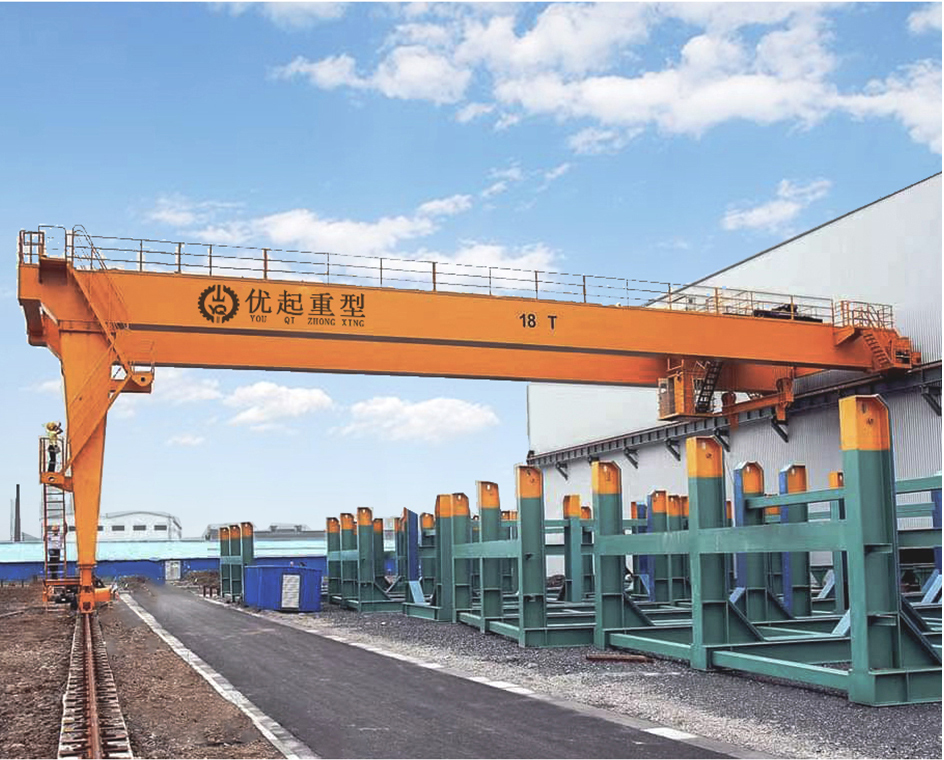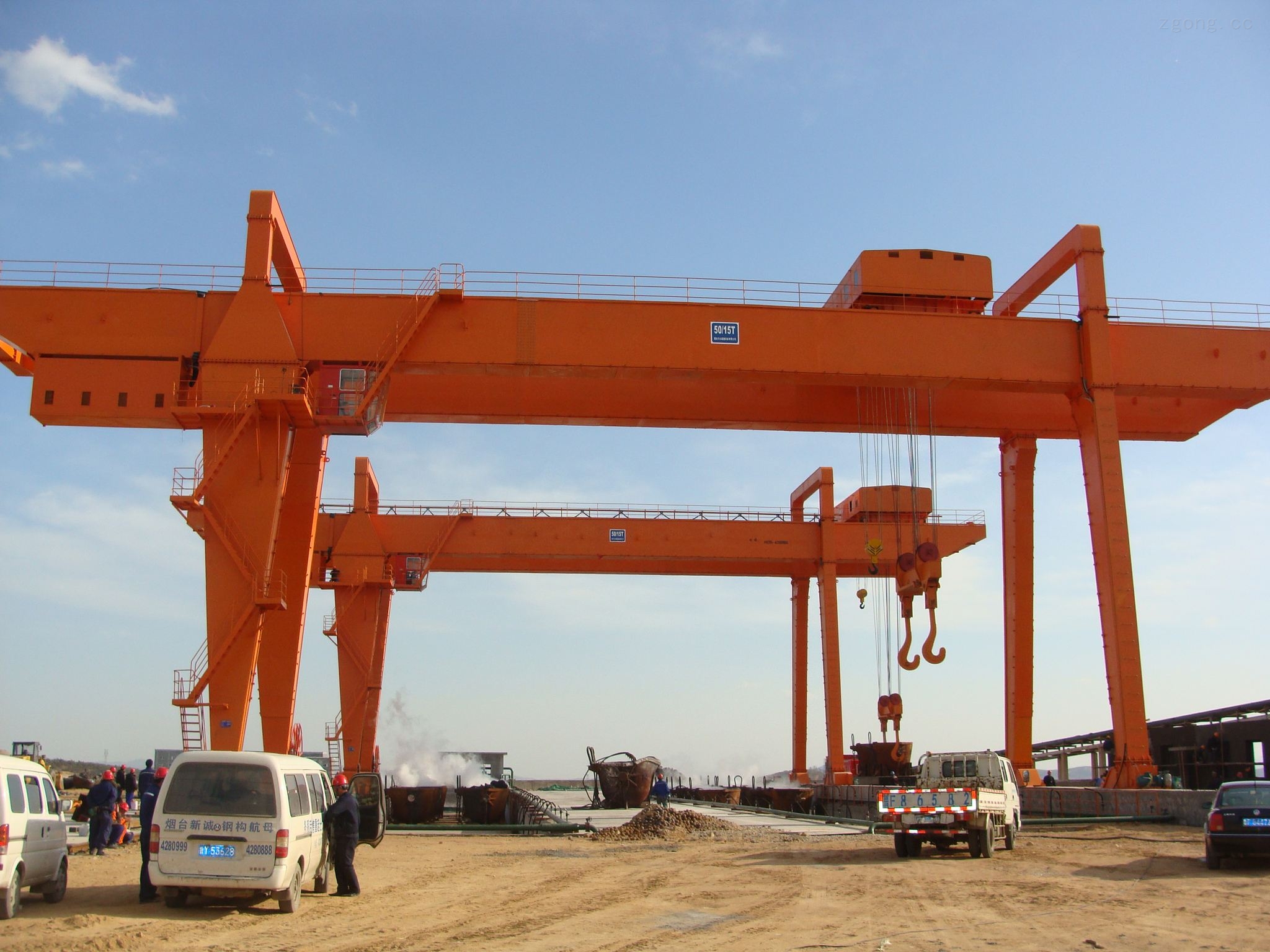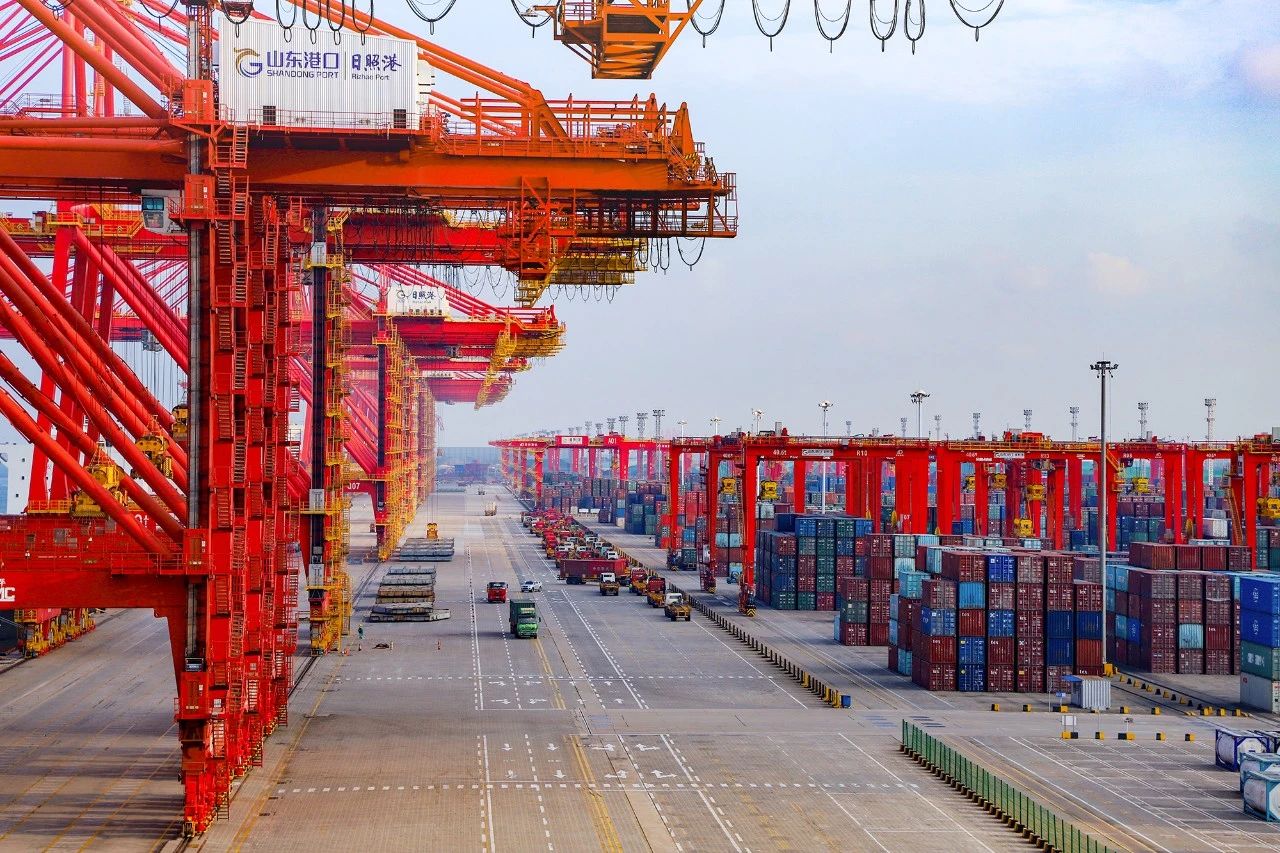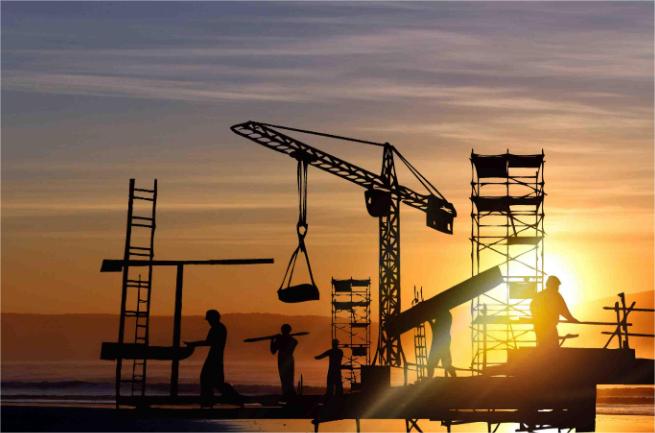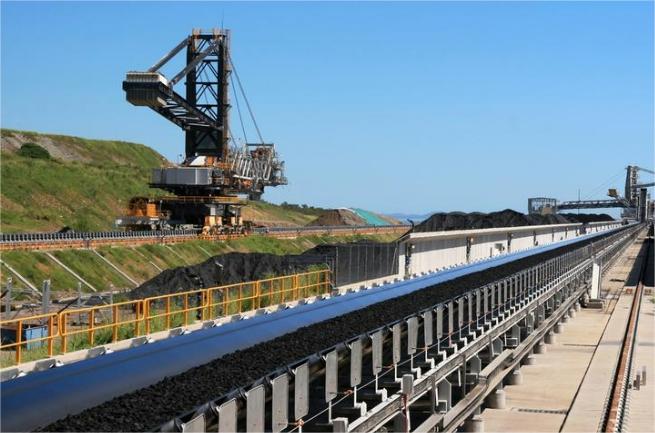Expert Guidance: How to Use a Crane Correctly? Safety First, Operate Properly
In the fields of industrial production and construction, cranes are widely used in lifting and handling work. The correct use of cranes is crucial to safe production. In order to help users better understand and operate cranes correctly, we have invited experts to introduce in detail how to use cranes correctly, so that safety first and proper operation become the norm at work.
1. Crane types and basic structures
Cranes can be divided into various types such as cranes, tower cranes, and bridge cranes according to different operating requirements. Among them, common bridge cranes are mainly composed of main beams, end beams, motors, wire ropes, control systems, etc. Before operating a crane, you must first understand the basic structure and working principles of the crane, and have a clear understanding of each component and control method.
2. Preparations before operation
Make sure the working area around the crane is clear and free of obstacles, and keep the working environment clean and orderly.
Check the crane's operating manual and relevant safety signs to understand the crane's rated load and usage limitations.
Check whether all components of the crane are intact, paying special attention to the operating conditions of important components such as wire ropes, brakes, and sensors to ensure that the crane is in good working condition.
3. Precautions when operating a crane
Reasonably choose the working location of the crane to ensure sufficient load-bearing capacity of the foundation and avoid operating on unstable sites.
Before operating a crane, the weight, size, working range, etc. of the hoisted objects must be fully evaluated to ensure that the working range and load-bearing capacity of the crane are exceeded.
During the lifting process, it is necessary to keep communication open, maintain close contact with the commander, and strictly follow the instructions to avoid misunderstandings and accidents.
When the crane is working, you must stay focused and alert, pay attention to the movement status of the crane and hoisted objects at all times, detect abnormal situations in a timely manner and handle them accordingly.
4. Maintenance and maintenance of cranes
Carry out regular maintenance on the crane, including cleaning and lubrication, checking fasteners, tightness, and electrical system testing to ensure the normal operation of the crane equipment.
When encountering a fault or abnormal situation, stop operation immediately, notify maintenance personnel to inspect and troubleshoot in a timely manner, and do not repair without permission.
Crane equipment that is not used for a long time should be sealed to ensure the service life and performance of the equipment.
5. Accident handling and reporting
If any accident, missed operation or abnormal situation occurs during operation, the superior supervisor should be notified immediately and handled according to the procedures.
Investigate and analyze the causes of accidents during crane operation, summarize experiences and lessons, and revise and improve operating procedures in a timely manner.
Through correct operation and maintenance, the safe and reliable operation of crane equipment can be guaranteed to the greatest extent, work efficiency can be improved and the risk of accidents can be reduced. It is hoped that the above instructions can help users to operate and maintain the crane correctly and ensure safety and smooth progress at work. Safety first, operate properly, let us work together for safe production!
